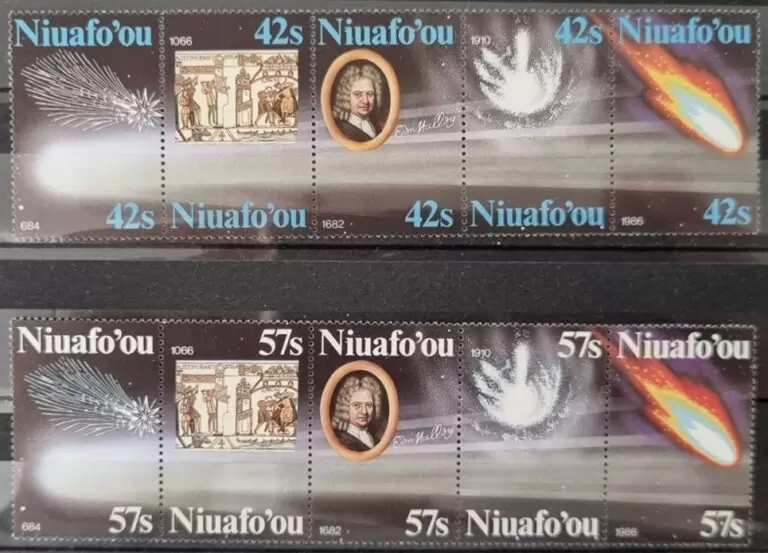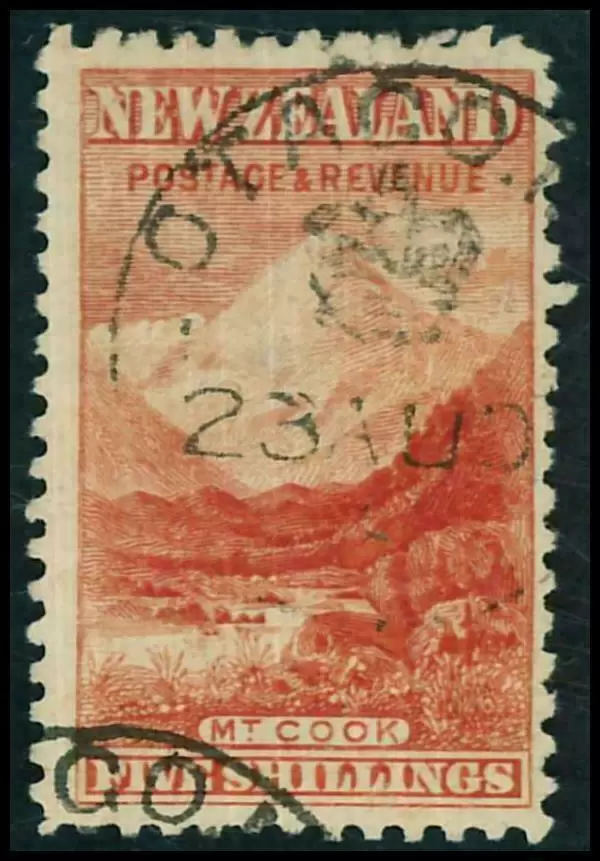Tonga Niuafo’ou year 1986 stamps Halley Comet Complete set SG64-73 MNH**
Like many British Commonwealth entities, the tiny island of Niuafo’ou (part of Tonga) issued its own commemorative stamps for the 1986 Halley’s Comet event.
This particular issue is notable because it was released as two separate strips of five stamps, forming one of the most extensive sets of the entire Halley’s Comet theme.
Here are the details for the Tonga Niuafo’ou 1986 Halley’s Comet Complete Set:
🇹🇴 Niuafo’ou Set Details
- Year of Issue: 1986
- Theme: Halley’s Comet and Scientific/Historical Observance.
- Set Composition: The complete set consists of 10 stamps issued in two continuous horizontal strips of five stamps each.
- Strip 1 (5 stamps): All feature one denomination (e.g., 42 seniti/cents).
- Strip 2 (5 stamps): All feature a higher denomination (e.g., 57 seniti/cents).
- Catalogue Numbers (Common):
- Scott: #64-73 (for the 10 individual stamps). The two strips are often listed as the Scott Block/Strip set.
- Stanley Gibbons (SG): SG 64-73.
- Design: Each strip forms a continuous, cohesive design across the five stamps, focusing on:
- Historical depictions of the comet (e.g., the Bayeux Tapestry).
- Astronomers (e.g., Edmond Halley).
- Comet diagrams and astronomical charts.












